Cats have been companions to humans for thousands of years, and yet, their mysterious behaviors continue to intrigue us. One of the most fascinating aspects of feline communication is the meow. Have you ever wondered what your cat’s meow frequency might be trying to tell you? Dive into the world of feline vocalizations and discover the secrets behind every meow, chirp, and purr.
The Art of the Meow
Cats are unique creatures when it comes to vocalization. While many animals rely on body language, cats have developed a complex system of sounds to communicate with humans. The meow is the sound most commonly associated with cats, and it can vary greatly in tone, pitch, and frequency. Unlike dogs, which bark to alert or communicate with their pack, cats primarily meow to interact with humans. This distinct vocalization method is a testament to their adaptability and intelligence.
High-Pitched Meows: The Feline SOS
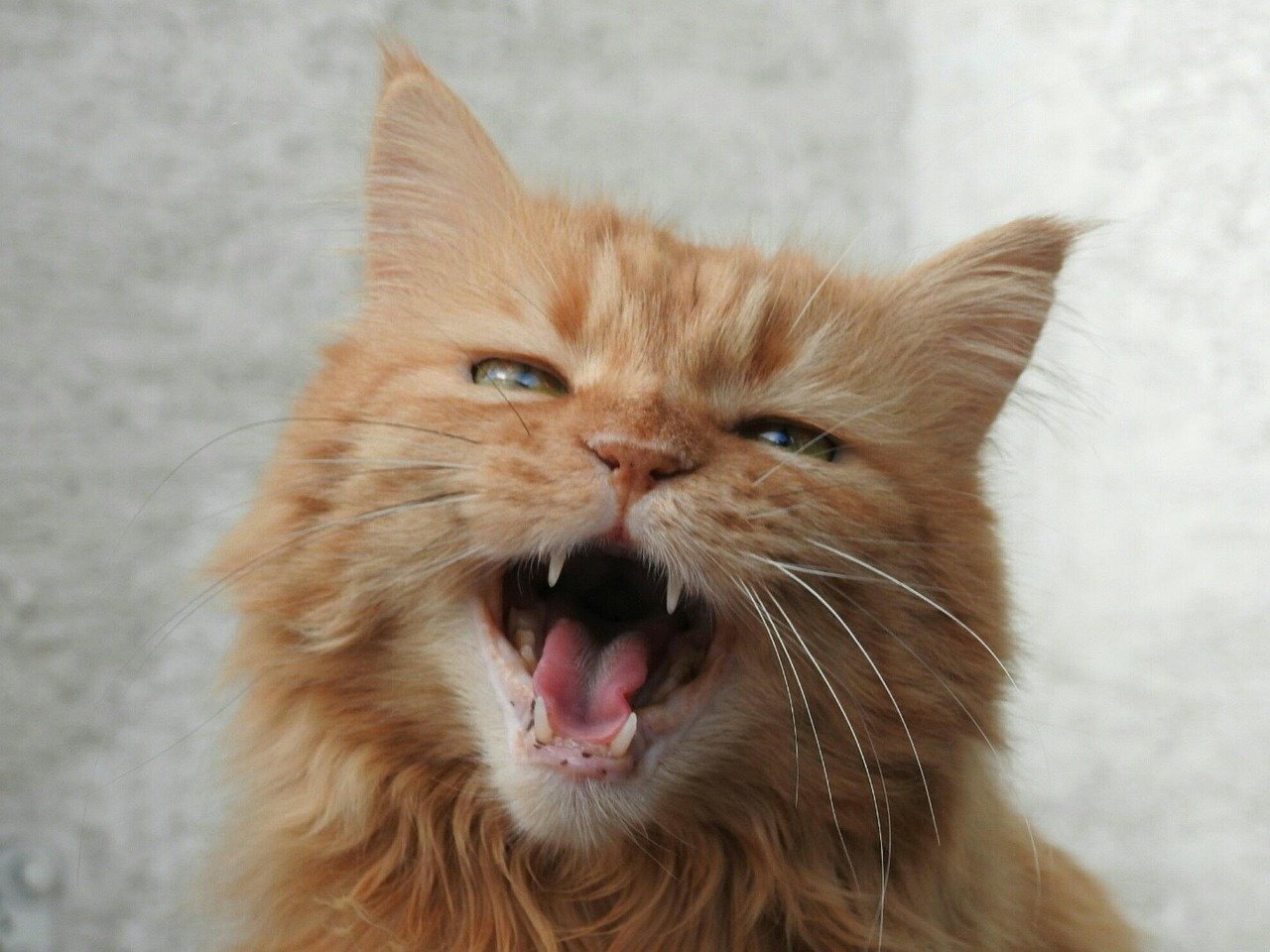
One of the most recognizable cat sounds is the high-pitched meow. Often, this sound indicates urgency or distress. Think of it as your cat’s version of an SOS signal. If you’ve ever heard this piercing sound, it’s hard to ignore. It could mean your feline friend is hungry, trapped, or in need of immediate attention. Just like a baby’s cry can tug at a parent’s heartstrings, a high-pitched meow is designed to get a quick response from you.
Low-Pitched Meows: The Grumble of Discontent
On the opposite end of the spectrum, low-pitched meows often signify dissatisfaction or displeasure. Imagine a grumpy old cat that’s not happy about being disturbed from its nap. This sound is less about urgency and more about expressing displeasure. It’s like when someone grumbles under their breath when things aren’t going their way. Pay attention to these grumbles, as they can provide insights into your cat’s mood or health.
The Chirp and Chatter: A Window to the Wild
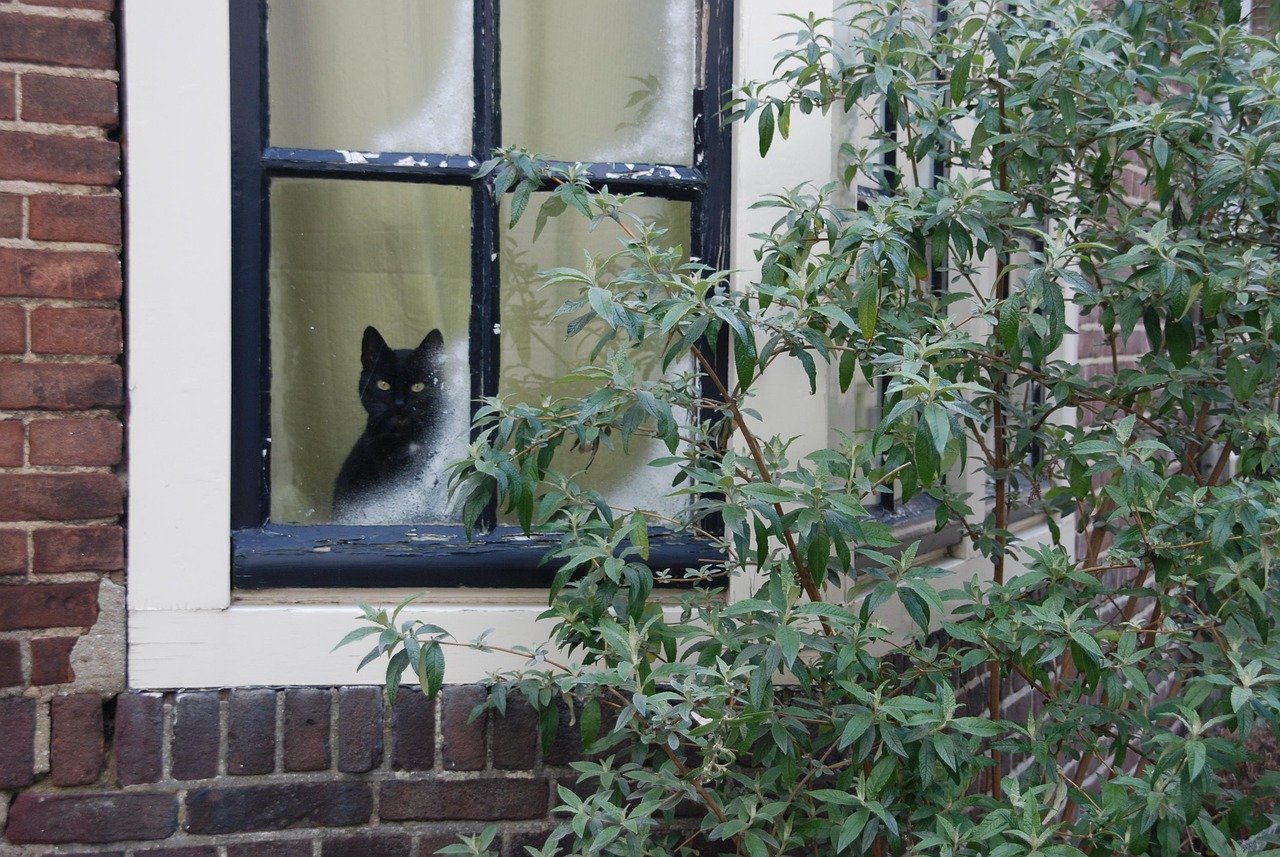
Ever noticed your cat making a chattering noise while gazing out the window at birds? This unique sound, often accompanied by rapid jaw movements, is known as chirping or chattering. It’s believed to be an instinctual hunting behavior, reminiscent of their wild ancestors. When cats make this sound, they’re likely expressing excitement or frustration at not being able to catch their prey. It’s a fascinating reminder of the wild instincts that still reside in our domesticated felines.
Purring: The Sound of Contentment
Purring is one of the most soothing sounds a cat can make. Often associated with contentment and relaxation, a purring cat is a happy cat. However, purring can also serve other purposes. Some cats purr when they’re in pain or feeling anxious, using the sound as a self-soothing mechanism. It’s similar to how humans might hum a tune to calm their nerves. Recognizing the context in which your cat purrs can provide valuable insights into their emotional state.
The Growl: A Warning Sign
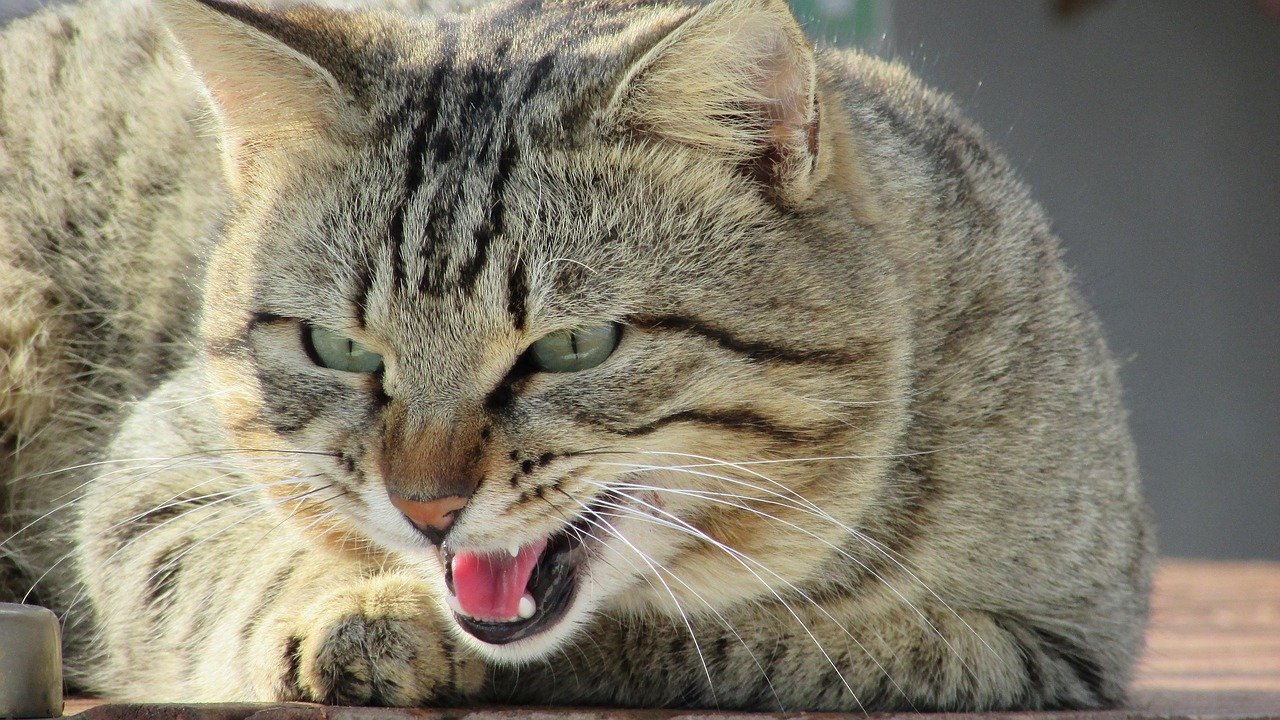
A growling cat is a clear sign of warning or aggression. This deep, guttural sound is often accompanied by a defensive posture, indicating that your cat feels threatened or angry. It’s their way of saying, “Back off!” Just like a lion growls to ward off intruders, your domesticated feline uses this sound to set boundaries. If your cat growls, it’s best to give them space and try to identify the source of their discomfort.
Trill: A Friendly Greeting

Trilling is a delightful sound often used by mother cats to communicate with their kittens. Adult cats may trill to greet their human companions or other cats. It’s a friendly, inviting sound that signifies affection and a desire for interaction. Imagine it as a warm “hello” or a gentle nudge to engage. Understanding trilling can enhance your bond with your cat, adding a layer of communication to your relationship.
Silent Meows: The Unheard Whisper
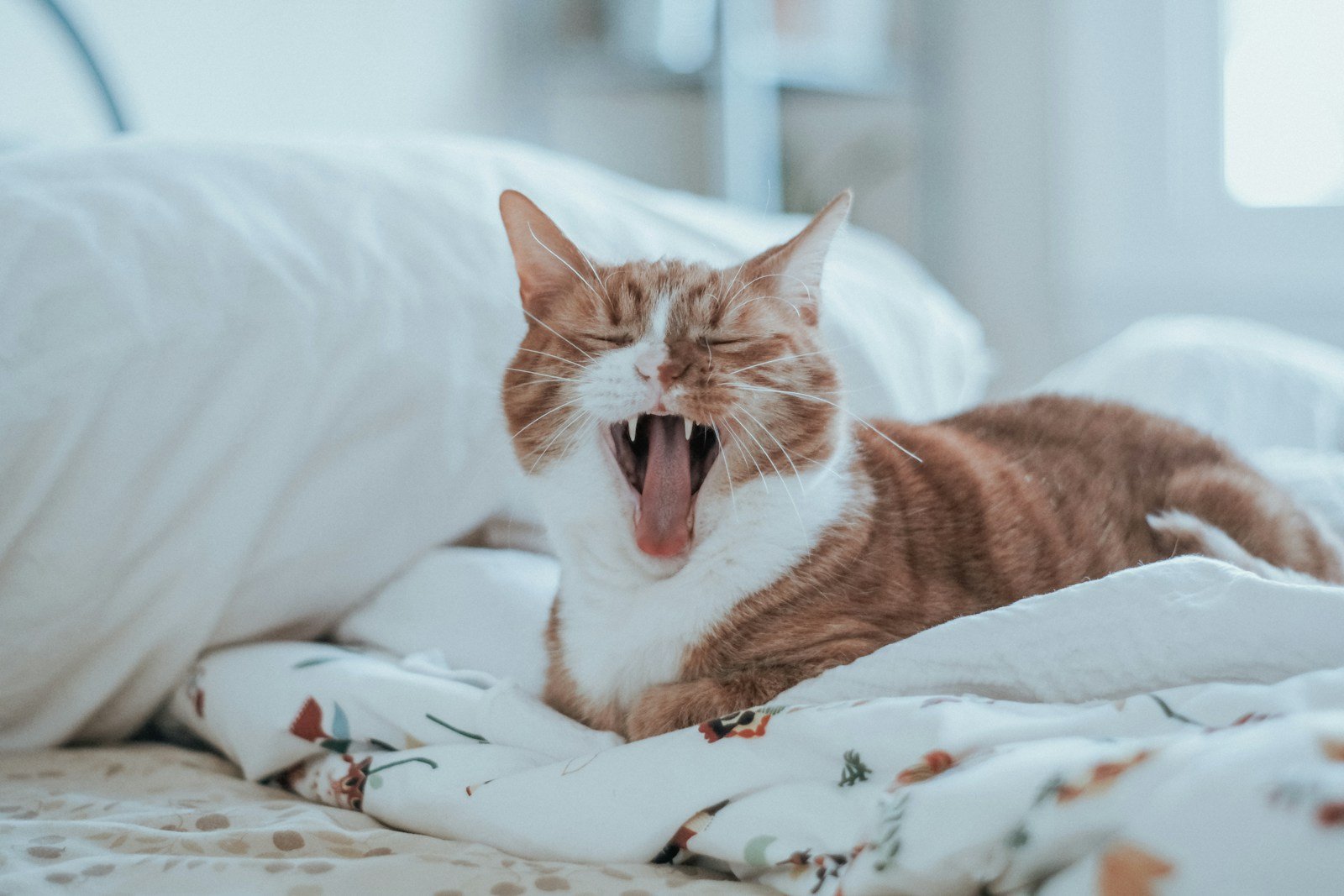
Silent meows are an intriguing aspect of feline communication. Your cat’s mouth may move as if they’re meowing, but no sound comes out. This silent gesture can convey a range of emotions, from seeking attention to expressing affection. It’s as if your cat is whispering sweet nothings. Pay attention to these silent cues, as they often indicate a strong bond between you and your furry friend.
The Yowl: A Cry in the Night
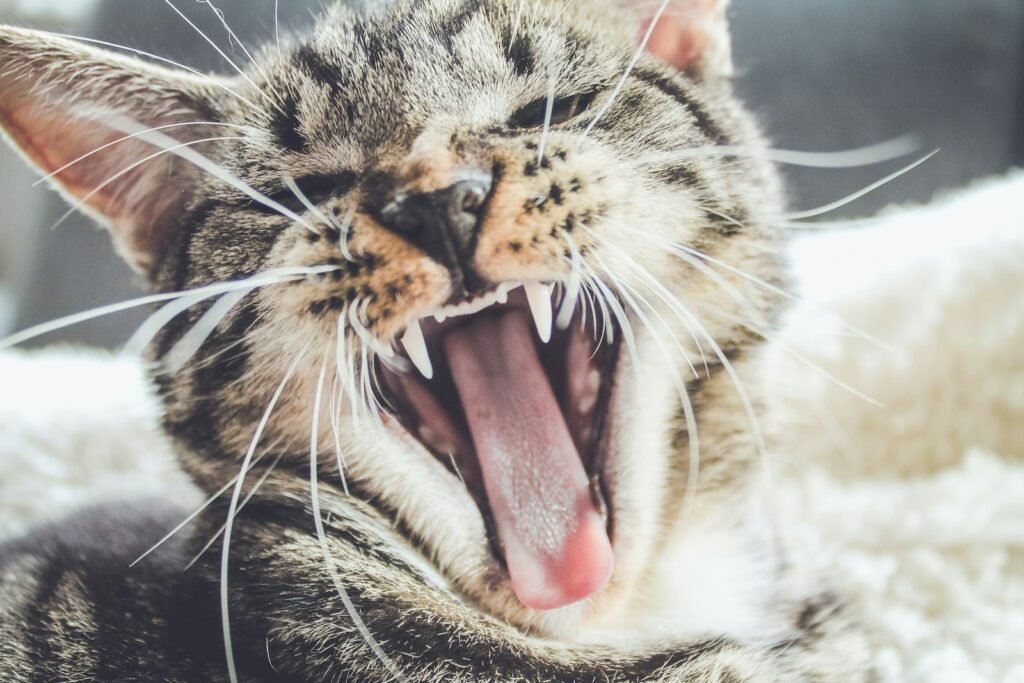
Yowling is a loud, drawn-out sound that can be unsettling, especially if heard in the quiet of the night. Cats may yowl for various reasons, including mating calls, territorial disputes, or even feelings of loneliness. This haunting sound is a reminder of their wild heritage and instinctual behaviors. Understanding the reasons behind a cat’s yowl can help address any underlying issues and restore peace to your household.
Hissing: The Sound of Displeasure
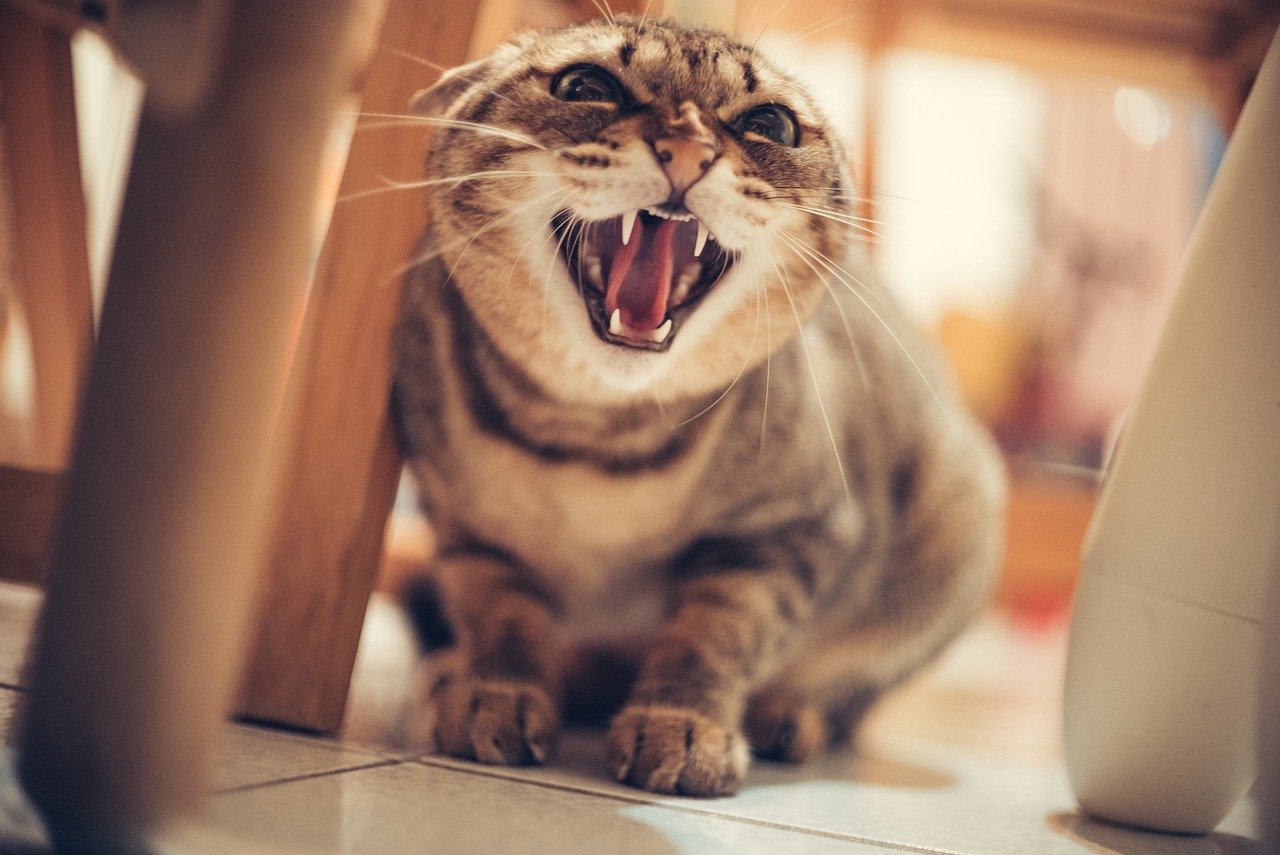
Hissing is a clear sign of displeasure or fear. When a cat hisses, it’s warning you or another animal to stay away. This defensive sound is often accompanied by an arched back and fluffed-up fur, signaling that your cat is ready to defend itself if necessary. It’s the feline equivalent of saying, “I’m not happy, and I’m not afraid to show it.” Respecting a hissing cat’s space is crucial for maintaining a harmonious relationship.
The Caterwaul: A Serenade of the Night
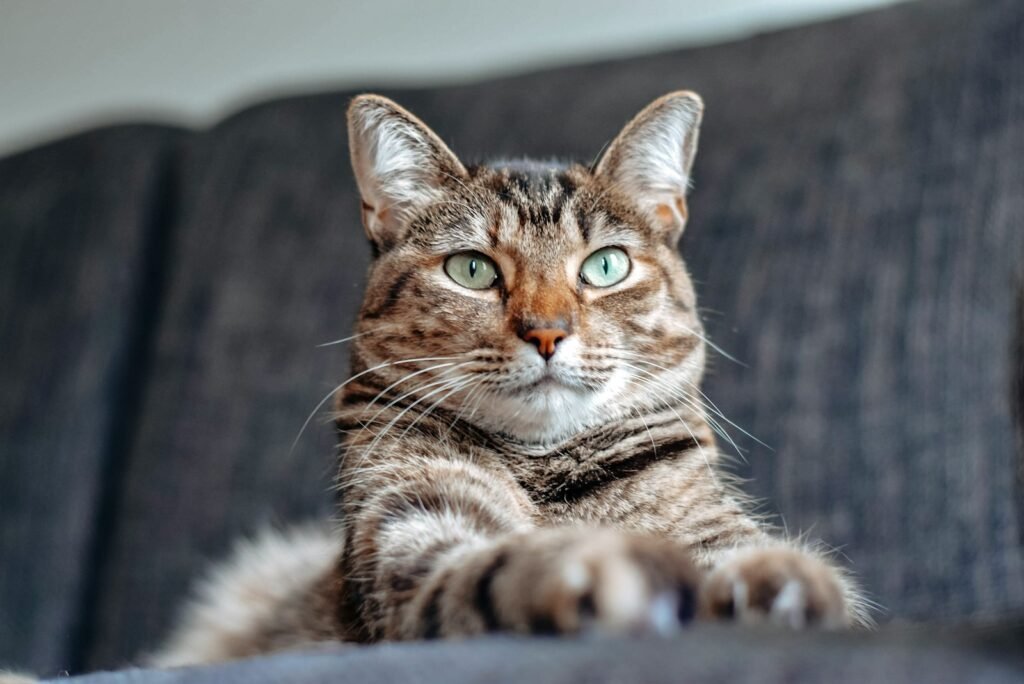
Caterwauling is a unique sound, often associated with mating behavior. This loud, wailing cry can be heard echoing through the night as cats seek out potential mates. It’s a primal call, reminiscent of their wild ancestors. While it may be disruptive, understanding the purpose behind caterwauling can help cat owners address their pet’s needs, whether through spaying or neutering or providing companionship.
The Murmur: Quiet Contentment
A soft murmur is a gentle sound that cats make when they are at ease. This quiet vocalization is often a sign of comfort and satisfaction. Imagine a content sigh after a long day; that’s what a murmur represents for cats. It’s a subtle yet powerful indication of your cat’s happiness and well-being. Recognizing this sound can help you ensure your cat’s environment is conducive to their comfort.
The Moan: A Call for Attention
Moaning is a sound that can indicate your cat’s desire for attention or resources. Whether they’re hungry or just want to play, a moaning cat is seeking interaction. This sound is similar to a child whining for a treat or toy. Understanding the context of a moan can help you address your cat’s needs and ensure they feel valued and understood.
The Humming Purr: A Healing Frequency
Some cats produce a unique sound known as a humming purr. This low-frequency purr is believed to have healing properties, promoting relaxation and even aiding in physical recovery. It’s like a cat’s personal therapy session, soothing both themselves and those around them. Embracing this sound can create a serene environment for both you and your feline friend.
The Snarl: A Fierce Declaration
A snarl is a combination of a growl and a hiss, often used to assert dominance or territory. This fierce sound is a declaration of power and control, reminiscent of a wild predator. If your cat snarls, it’s a sign they are feeling particularly threatened or defensive. Understanding the triggers behind a snarl can help you create a more peaceful environment for your cat.
The Whine: A Plea for Comfort
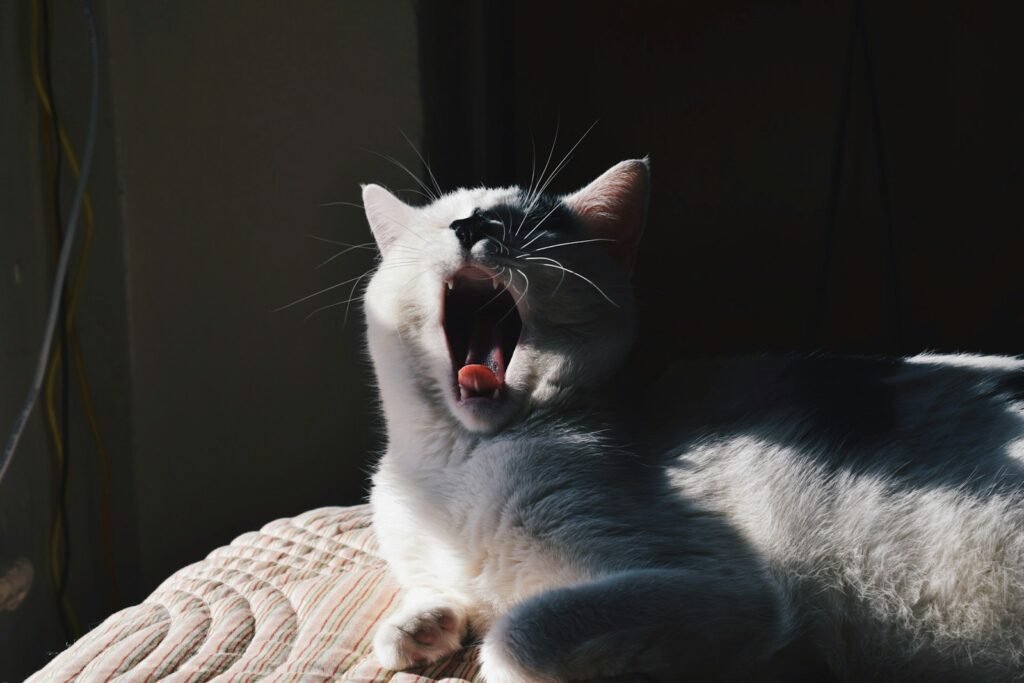
Whining is a sound that cats use to express discomfort or anxiety. It’s a plaintive cry that seeks reassurance and comfort from their human companions. Imagine a child seeking solace during a thunderstorm; that’s the essence of a whining cat. Recognizing and addressing the source of your cat’s whine can help alleviate their stress and strengthen your bond.
The Coo: A Soft Expression of Affection
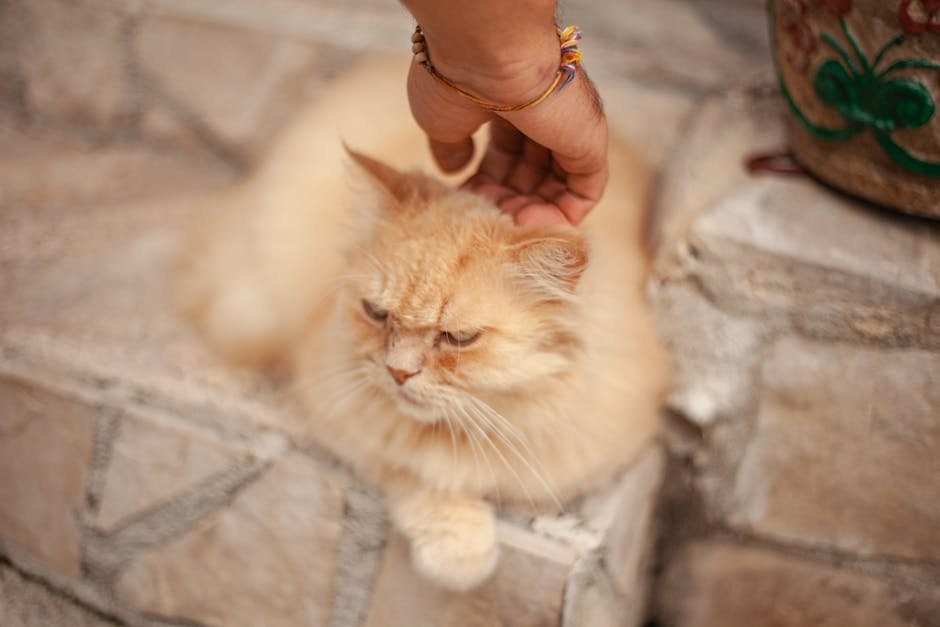
Cooing is a soft, gentle sound that cats use to express affection and contentment. It’s akin to a gentle lullaby, conveying love and trust. This sound is often shared between close feline companions or between a cat and their human. Embracing the coo can deepen your connection with your cat, offering a glimpse into their tender side.
The Bark: An Unusual Surprise
Though rare, some cats exhibit a barking sound, especially when excited or startled. This unexpected vocalization is a reminder of the diverse range of sounds cats can produce. Imagine a cat trying to mimic a dog; that’s what a barking cat sounds like. While it may be surprising, it’s just another example of the fascinating world of feline vocalizations.
The Meow Melody: A Symphony of Sounds
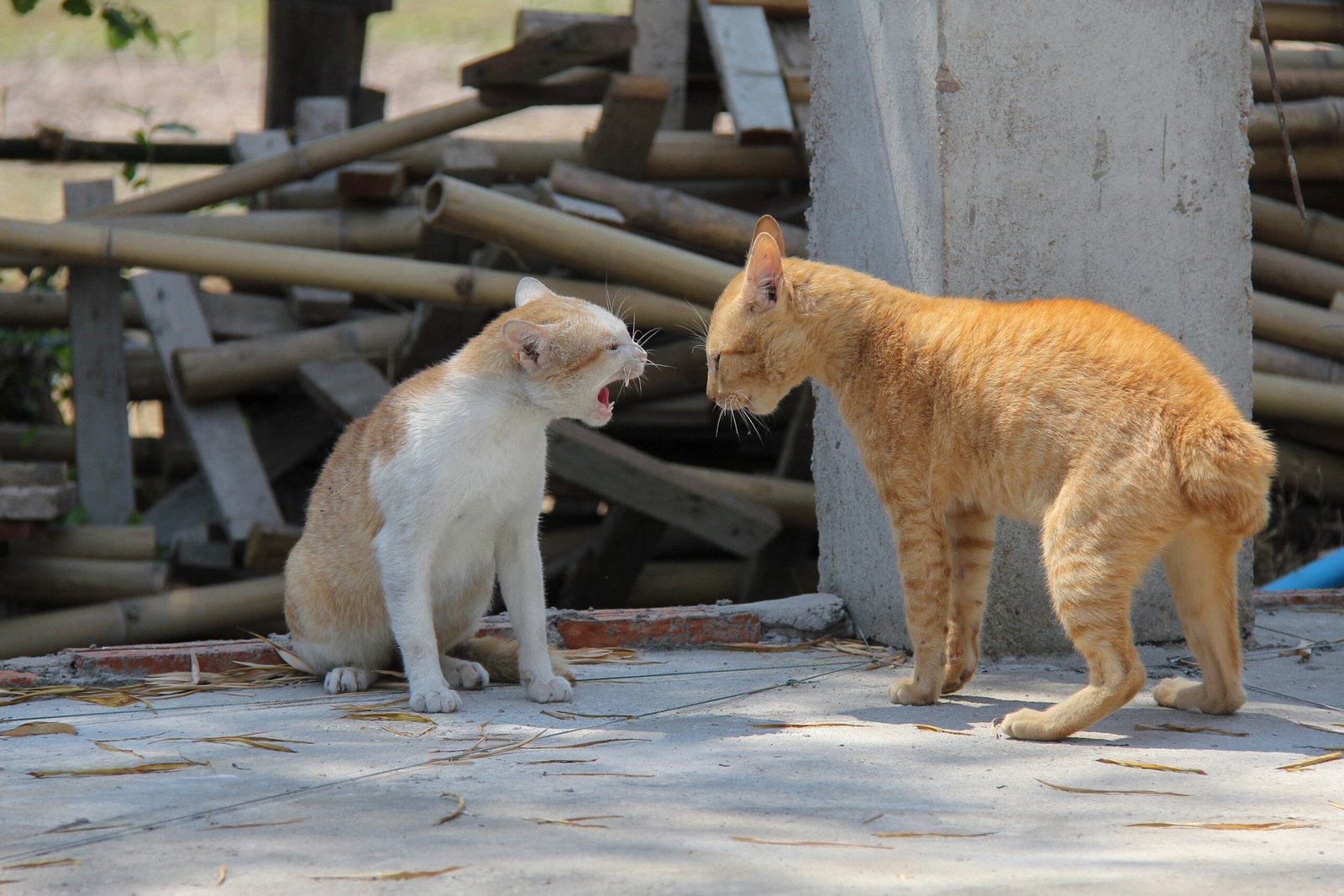
Every cat has its unique meow melody, a symphony of sounds that reflects their personality and mood. From soft chirps to loud yowls, these vocalizations form a language all their own. Understanding your cat’s meow melody can enhance your communication, allowing you to respond more effectively to their needs and emotions. It’s like learning a new language, one that brings you closer to your feline companion.
Conclusion
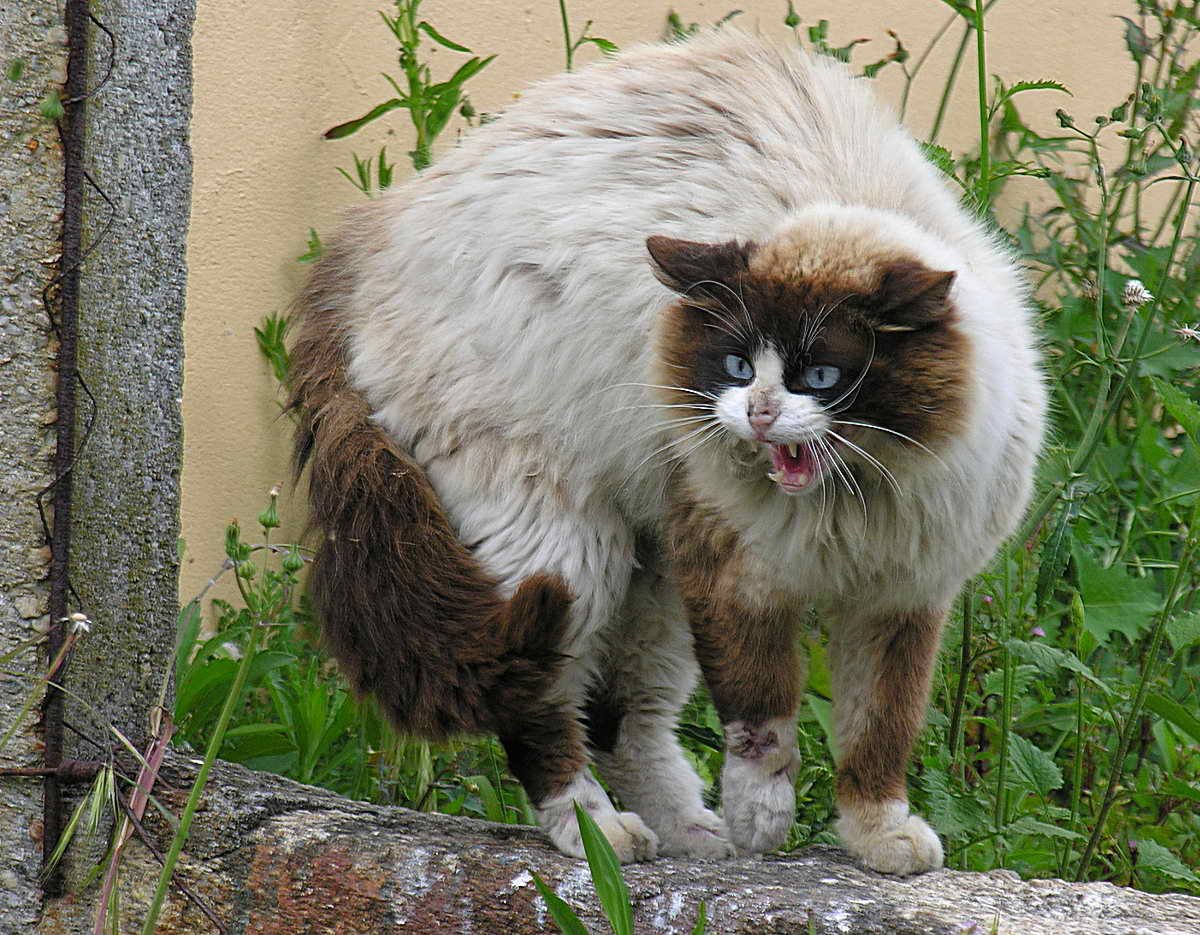
Understanding your cat’s meow frequency is a key to unlocking the mysteries of feline communication. Each sound, from the high-pitched meow to the gentle purr, offers a glimpse into your cat’s world. By paying attention to these vocalizations, you can strengthen your bond with your cat, ensuring they feel heard and understood. Whether it’s a call for attention, a sign of contentment, or a plea for comfort, every meow holds a message waiting to be discovered.
Hi, I’m Bola, a passionate writer and creative strategist with a knack for crafting compelling content that educates, inspires, and connects. Over the years, I’ve honed my skills across various writing fields, including content creation, copywriting, online course development, and video scriptwriting.
When I’m not at my desk, you’ll find me exploring new ideas, reading books, or brainstorming creative ways to solve challenges. I believe that words have the power to transform, and I’m here to help you leverage that power for success.
Thanks for stopping by, Keep coming to this website to checkout new articles form me. You’d always love it!






